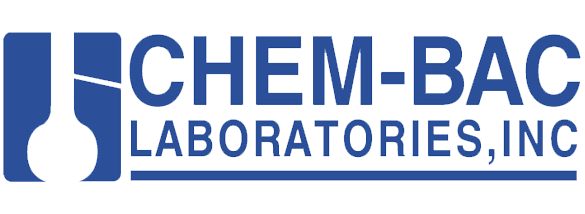Total Coliform (Bacteria) Testing
Total coliforms are indicator organisms used to detect bacterial contamination in drinking water. Their presence indicates organisms that cause disease may be present, even though total coliforms themselves typically do not cause disease in healthy individuals.
Total coliforms are found naturally in soil, surface water, plant material, and insects; however, one species of total coliform (E. coli) is found in the feces of warm blooded animals. Total coliforms are not naturally found in well water or groundwater. Wells should be tested yearly if there is a history of total-coliform-absent (bacteriologically safe) results, or more frequently if there is a change in the water quality because of color, taste or odor.
Standard Methods 9222B – Standard Total Coliform Membrane Filter Procedure Enzyme Substrate Coliform Test: 9223B Enzyme Substrate Test
E. coli Testing.
E. coli is an indicator organism of fecal contamination. The natural habitat for E. coli is the intestinal tract of warm-blooded animals. The presence of E.coli in a drinking water sample is an indication of fecal contamination of the water supply. E. coli is a subset of total coliform, so if there is no total coliform present in the water sample, there is no E. coli.
U.S. Food and Drug Administration – Bacteriological Analytical Manual (BAM) – Chapter 4. Standard Methods 9222B – Standard Total Coliform Membrane Filter Procedure. Enzyme Substrate Coliform Test: 9223B Enzyme Substrate Test
Iron Bacteria
Iron bacteria are naturally present in surface water and soil. Iron bacteria do not cause illness but are considered nuisance bacteria. They can produce orange/brown slime that builds up inside well screens, pipes and plumbing fixtures. The presence of odors and/or brown-tinted water and/or brown-tinted staining on fixtures is an indication of iron bacteria.
Sulfate Reducing Bacteria
Like iron bacteria, sulfate reducing bacteria do not cause illness, but are nuisance bacteria. They are found in soil and surface water. Sulfate reducing bacteria can lead to corrosion in well casings, pipes, cement and other materials and can produce an unpleasant odor (rotten egg) in water. The treatment for sulfate reducing bacteria is disinfecting the well.
Standard Methods 9240 D – Enumeration, Enrichment and Isolation of Iron and Sulfur Reducing Bacteria
Heterotrophic Plate Count
This test estimates the number of live bacteria that are able to grow on a specific media, at a specific temperature and incubation period. This test measures changes during water treatment and in a distribution system. This test is also one of several used to measure the disinfection efficiency of whirlpools, pools and spas. The test, also known as Aerobic Plate Count, will allow for the measure of viable bacteria present in any product, solid or liquid. The analysis will not provide data on the species of bacteria present, only the concentration. The units will be reported in CFU (Colony Forming Units) per unit mass or volume.
Standard Methods 9215 B – Heterotrophic Plate Count (Pour Plate Method) U.S. Food and Drug Administration – Bacteriological Analytical Manual (BAM) – Chapter 3 USP <61> Microbiological Examination of Nonsterile Products: Microbial Enumeration Tests.
Fungi – Mold / Yeast Count
This test estimates the number of viable mold species present in the sample. The media is selective and will not include any aerobic bacteria counts. The temperature and growth time are specific to fungi species. The analysis will not provide data on the species of bacteria present, only the concentration. The units will be reported in CFU (Colony Forming Units) per unit mass or volume.
Standard Methods 92610B – Detection of Fungi (Pour Plate Method) U.S. Food and Drug Administration – Bacteriological Analytical Manual (BAM) – Chapter 18.

